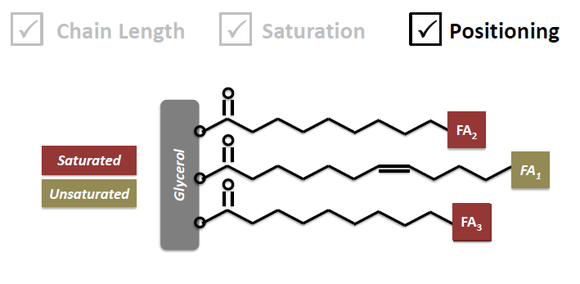You are probably well aware that the market has been on a tear this year. Look closer and you’ll notice that the biotech industry is doing an even better job returning value to shareholders.

Couple the two together and you come to one inevitable conclusion: It’s time for an avalanche of initial public offerings! It makes sense for companies to go public when the market is hot because they can raise the most capital for operations and, of course, for early investors to cash out. There are quite a few to choose from, but we will start by looking at synthetic biology company Intrexon.
Scientific detour
What the heck is synthetic biology? The field combines biological sciences with engineering. If DNA is viewed as a building block for all life, then genes from one organism can be transferred into another, giving it completely new capabilities and functions (and, yes, glow-in-the-dark bunnies). Scientists can even create entirely new organisms from scratch!


Solazyme Inc (NASDAQ:SZYM) controls fatty acid characteristics by controlling the biological processes of its algae. Investors only see the end result. Source: Solazyme 1Q13 presentation.
Similarly, Amyris Inc (NASDAQ:AMRS) is using its novel yeast to produce renewable hydrocarbons such as farnesene, which can be processed into everything from fuels to synthetic rubbers to cosmetics. In fact, the company is one of the world’s largest suppliers of squalane, a rare emollient used in personal care products.
To my understanding, Solazyme Inc (NASDAQ:SZYM) and Amyris Inc (NASDAQ:AMRS) currently tinker with their organisms in house, but Intrexon could enable a quicker, cheaper option for future work. That could be great considering that most platforms take at least seven years to commercialize, according to DARPA. Think of Intrexon as a technology enabler for the entire industry.
Business overview
Whereas Solazyme Inc (NASDAQ:SZYM) and Amyris Inc (NASDAQ:AMRS) sell chemicals, Intrexon sells the organism or genetic pathway that creates the chemicals. The company seeks to commercialize its products by entering exclusive channel collaborations, or ECCs, with industry leaders. Essentially, the company develops products as specified by an ECC and collects revenue through milestone payments, royalties, or other profit-sharing agreements.
In a world that is increasingly turning to biotechnology on an industrial scale, Intrexon could generate revenue from a number of sources such as:
| Potential product | Industry | Global market value |
|---|---|---|
| Novel biopharmaceuticals | Health care | $150 billion |
| Fast-growing fish | Aquaculture | $110 billion |
| GMO crops | Agriculture | $65 billion |
Source: Intrexon S-1/A filing.
The company is currently entered into nine ECCs in health care and food, which include programs in oncology, anti-infectives, antibiotics, tissue repair, and GMO salmon and other fish. There is certainly potential for Intrexon, but I’m not too excited about operations yet. Outside of a collaboration with Elanco, the animal health division of Eli Lilly, most ECCs are with developmental-stage companies. That could be chalked up to the infancy of most commercial biological sciences companies, but things look a bit worrisome when you consider the financial picture.
In 2012, Intrexon generated total sales of $13.9 million and a net loss of $81.9 million. That’s not exactly sustainable. I would also be concerned with the company’s valuation, which is well over $2 billion. It’s difficult to find a plausible explanation to support such a valuation other than the fact that Intrexon is a leading synthetic biology company with unique capabilities. There are, however, competitors. Ginkgo BioWorks has a nearly identical business model, a novel in-house technology platform of its own, and plenty of demand for its services. The race to the future usually has more than one runner.
Foolish bottom line
I am a complete believer in the potential of synthetic biology, and I believe that some of the best investments I will make in my investing career will come from the field. However, investors need to realize that the industry is still developing. It just doesn’t seem that the time is right for an investment in a company such as Intrexon that needs many collaborations to sustain operations. We can already look to the past to see how these IPOs can get out of hand. Consider that Solazyme Inc (NASDAQ:SZYM) and Amyris Inc (NASDAQ:AMRS) went public with a combined market valuation of $1.7 billion — and went much higher — but have a combined market valuation of less than $900 million today. In other words, it may be best to keep an eye on Intrexon from the sideline. I think you have plenty of time.
The article Does This Biotech IPO Belong in Your Portfolio? originally appeared on Fool.com and is written by Maxxwell A.R. Chatsko.
Fool contributor Maxx Chatsko has no position in any stocks mentioned. Check out his personal portfolio, his CAPS page, or follow him on Twitter @BlacknGoldFool to keep up with his writing on energy, bioprocessing, and biotechnology.The Motley Fool owns shares of Solazyme.
Copyright © 1995 – 2013 The Motley Fool, LLC. All rights reserved. The Motley Fool has a disclosure policy.


